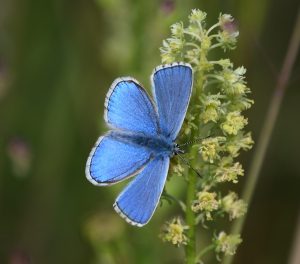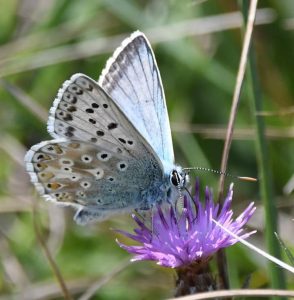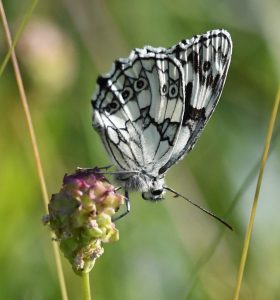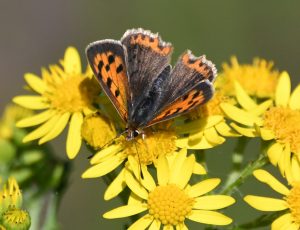Count butterflies in the South Downs
July 20, 2018
The Big Butterfly Count needs your help with its annual survey of the nation’s butterflies.
Words by South Downs Ranger, Tim Squire
Spend fifteen minutes sitting in the sun and, while you are there, count some butterflies. What an easy way to help some of the National Park’s most iconic species.
Don’t take my word for it. As Sir David Attenborough, Butterfly Conservation president says: “Spending time with butterflies lifts the spirits and reinvigorates that sense of wonder in the natural world.”
You can do your count in any sunny spot where there are butterflies. If you have a garden, that’s a good place to start, but if you want to see something special my top tip is to head to some of the South Downs’ precious areas of chalk grassland. Fingers crossed you’ll spot some of the specialist blue butterflies that only live in this rare habitat, among some more common species.
On a good year we see big crowds of chalkhill blue butterflies. Last year was a good year for Adonis blues on some of our chalk grassland sites and hopefully numbers will build again this summer. Both these butterflies rely on a plant called horseshoe vetch, the food plant their caterpillars live on, although the adults will take nectar from many of the profusion of flowers found on our hills.


They also both have an amazing symbiotic relationship with ants that live in the chalk grassland. The ants protect the caterpillars from predators in exchange for a sugary secretion that the caterpillars produce. The caterpillars even sing to the ants to attract them!
Other butterflies to look out for on the South Downs this summer are the amazing small copper and the beautiful marbled white.


So get involved by visiting the Big Butterfly Count website or downloading the app.
